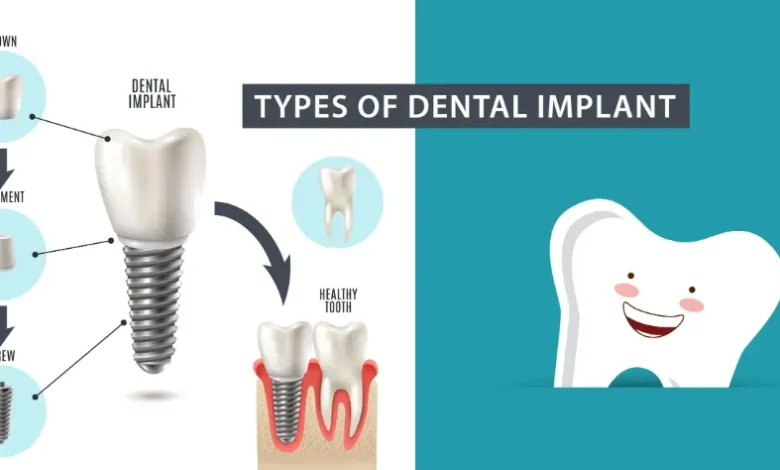Types Of Dental Implants Available

Dental implants are a widely favored and efficient method for replacing missing teeth. They provide a long-lasting solution that replicates the functionality and look of natural teeth. Knowing the various types of dental implants can assist you in making an informed choice about which is most appropriate for your requirements. Here are the most common dental implants:
Endosteal Implants
- Description: Endosteal implants are the most common type of dental implant. They are surgically put into the jawbone and are typically made of titanium. Your dentist, such as those at northwickmanordental.co.uk, should be able to explain all your options and the different considerations around each one.
- Types:
- Screw Implants: These are shaped like small screws and are ideal for patients with sufficient jawbone density.
- Cylinder Implants: Also known as smooth implants, they are less commonly used but still effective for certain patients.
- Blade Implants: These have a flat, blade-like shape and are used when there is a narrow jawbone.
- Procedure: The process involves inserting the implant into the jawbone, followed by a healing period during which the bone grows around the implant (osseointegration). After healing, an abutment is attached to the implant, and a crown is placed on top.
Subperiosteal Implants
- Description: Subperiosteal implants are placed under the gum but above the jawbone. They are ideal for patients who do not have enough healthy jawbone and cannot undergo bone augmentation.
- Structure: These implants feature a metal framework that rests on the jawbone beneath the gum tissue. Posts connected to the framework extend through the gums to support the replacement teeth.
- Procedure: Subperiosteal implants typically require two surgeries. The first surgery involves making an impression of the jawbone, and the second surgery involves placing the metal framework onto the bone.
Zygomatic Implants
- Description: Zygomatic implants are less common and are used in cases where there is severe bone loss in the upper jaw. Instead of being placed in the jawbone, these implants are anchored in the cheekbone (zygoma).
- Procedure: This type of implant requires a more complex surgical procedure and is often used as a last resort when other types of implants are not feasible. The longer implants anchor in the denser cheekbone, providing a stable foundation for the dental prosthesis.
Mini Implants
- Description: Mini dental implants (MDIs) are smaller in diameter than traditional implants. They are often used for stabilizing lower dentures or for patients with insufficient bone density for regular implants.
- Structure: These implants are less invasive and typically consist of a one-piece screw that is inserted into the bone, with a ball-shaped end that protrudes through the gum.
- Procedure: The placement of mini implants is less invasive and can often be done in a single visit without the need for sutures. They require less healing time and can be a cost-effective solution.
All-on-4 Implants
- Description: The All-on-4 technique involves placing four implants in the jawbone to support a full arch of replacement teeth. This method provides a stable and efficient way to replace an entire set of teeth.
- Structure: Four strategically placed implants, with two positioned at an angle, provide strong support for a full denture.
- Procedure: This technique often allows for the new teeth to be attached to the implants on the same day as the surgery, minimizing downtime and improving immediate functionality.
Immediate Load Implants
- Description: Also known as “same day” or “teeth in a day” implants, immediate load implants allow for the simple placement of a temporary crown during the same appointment as the implant placement.
- Procedure: This approach is suitable for patients with sufficient bone density and stability, offering the convenience of not having to wait for the bone to integrate with the implant before placing the crown.
Conclusion
Selecting the appropriate type of dental implant depends on various factors. Consulting with a dental professional is crucial to identify the best choice. Whether considering endosteal, subperiosteal, zygomatic, mini, All-on-4, or immediate load implants, advancements in dental implant technology have significantly enhanced the ability to restore both function and aesthetics effectively.


